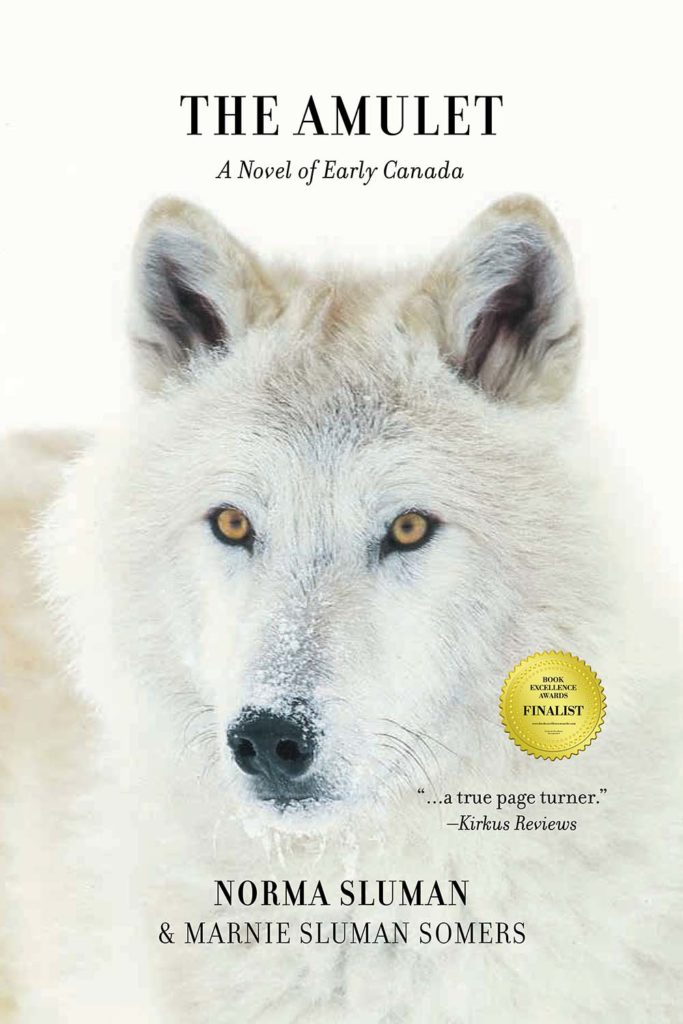Photo by Sylwia Bartyzel on Unsplash
Last week we talked about character. We started with some basic principles of how to build characters who feel real to your readers. So now you’ve built your characters. They have names, histories, and personalities. You know what they know and don’t know, you how they’ll likely react in an argument or if something great happens to their best friend. But what do you do with all this knowledge? How do you use your character map to write?
What NOT to Do With a Character Map
Let’s start with what not to do. You will not tell your readers what your character is like.
You won’t write:
“Kelly was kind, generous, and gentle. As a child she was surrounded by kids and she had a soft spot in her heart for anyone small or innocent or who needed her in some way. She’d flutter around helping and comforting whoever was nearby. If there were children around you could always find her surrounded by a group of them, laughing, playing, talking, and listening. Her greatest sadness was that she could never have children herself.”
Why not? Because you just TOLD me what Kelly is like. Nothing happened in these sentences. This paragraph is just read a series of facts. Maybe there are some lovely words in there and maybe I have an idea of what Kelly is like now. But there are far more effective ways to get this information from your head into mine. Ways that let us all KNOW Kelly and have real-person feelings about her.
The Basic Rule of Character Maps
Character maps aren’t for your readers, they’re for you.
The rule of character maps is that they aren’t for your readers. They’re for you. They’re a tool to keep you on track, to remind you of the things you know. And they’re a filter you can use when you’re editing to make sure you haven’t wandered from the point or written something that doesn’t make sense or feel right.
How to Use a Character Map to Write
So you’re not going to spell out the details of your characters to our readers. What ARE you going to do?
You’re going to tell your story and let the story happen to the characters. As the story unfolds you’ll use the things you know about them to write the feelings, reactions, choices, and conversations they have. Those are the things that SHOW the reader what kind of person they are.
If you’re at the editing stage you’ll go through each scene with your character map in hand checking the behaviour, the choices, the dialogue, the actions of your characters to make sure they’re not acting in ways that don’t make sense, or checking to see if you can change anything to show aspects of their personality more clearly.
Let’s look at some examples.
Ways to Convey Character
Dialogue
The way characters speak to one another, the things they say, and don’t say, their tone, the words they choose, what they talk about, and the things they avoid talking about, all these things tell us what kind of people they are.
Listening to people talk is one of the ways we get to know real, live people. It makes sense that it’s the most natural way to show your readers the details of your characters.
Notice how much we learn about Beneatha and Asagai in this short passage of dialogue between them.
BENEATHA (looking at him) Asagai, I’m very glad you are back.
ASAGAI (looking back at her in turn) Are you really?
BENEATHA Yes—very.
ASAGAI Why?—You were quite glad when I went away. What happened?
BENEATHA You went away.
ASAGAI Ahhhhhhhhh.
BENEATHA Before—you wanted to be so serious before there was time.
ASAGAI How much time must there be before one knows what one feels?
-From A Raisin in the Sun by Lorraine Hansberry
Action
Behaviour is another effective way to convey character. Notice how much we learn about the character of this nurse from the way she behaves in this scene.
As they approached the gate at the airport, they saw the nurse, dressed in a white uniform, with white stockings and shoes, and marceled iron-grey hair, coming down the ramp of the jetway, carrying the baby. They approached her, and she came toward them, not hurrying. ‘Mr. and Mrs. Xanthakos?’
‘Yes.’
‘This is Taxi.’ She handed the child, wrapped in a yellow blanket, to Camilla. He was barely larger than Frances. He did not look seven months. The nurse gave Mac a large canvas bag. ‘More nappies, and his formula. I have typed out complete instructions for you.’ She looked them both up and down in assessment. ‘Taxi needs a great deal of love. And discipline. I hope you aren’t going to show favouritism. I’ll leave you now. I’m taking the next plane back to Chicago.’ She turned, said ‘Goodbye’ over her shoulder, whether to the baby or to them Camilla could not tell, and walked away.
-From A Live Coal in the Sea, by Madeleine L’Engle
The author TELLS us nothing about this baby’s life before this point. She doesn’t TELL us what kind of person the nurse is, or what has happened to the child while he was in her care. But from way she behaves in this scene it’s very clear what kind of a person she is and what “love” means to her.
Choices
The choices characters make tell us more about the kind of people they are than any kind of description ever could. Choices, especially in times of tension or stress, show what we value most.
Notice what we learn about Ify’s values from the choice she makes in this passage:
“A mech swoops down and riddles the ground with machine gun fire. Chike grabs Ify, and they dive for cover. The grass shoots up in chunks with each volley. When Ify looks up, through the crack in a set of fallen crates , she sees one of the girls who had tormented her earlier swinging a metal beam at one of the beasts. It snaps its fangs at her. Each of her swings misses. Emotions duel inside Ify. That girl has hurt her so much. Has beaten her when Ify isn’t looking. Has demeaned her. Has made her feel like she could never belong here. But Ify can’t watch her die. Not like this. Ify squints, focusing on the the half-beast’s circuitry. The green glow at its core changes to blue. It stops.”
-From War Girls, by Tochi Onyebuchi
Point of View
As writers we have the ability to show our readers the inside of our characters’ heads. This give us a unique opportunity to show our readers how the minds of our characters work. What do they notice? What do they ignore? What do they focus on? What do they worry about? Notice how much we learn about what kind of person Felix is from this one paragraph:
That devious, twisted bastard, Tony, is Felix’s own fault. Or mostly his fault. Over the past twelve years, he’s often blamed himself. He gave Tony too much scope, he didn’t supervise, he didn’t look over Tony’s nattily suited, padded, pinstriped shoulder. He didn’t pick up on the clues, as anyone with half a brain and two ears might have done. Worse: he’d trusted the evil-hearted, social-clambering, Machiavellian foot-licker. He’d fallen for the act….What a fool he’d been.
-From Hag-Seed, by Margaret Atwood
This week’s assignment:
Take one of your mapped out characters and write a few pages about something happening to them. See how much you can convey about what kind of person they are without TELLING your readers anything about them.
Test your success by having someone you trust read what you’ve written. When they’re finished reading ask them to tell you what kind of person your character is. If they get things wrong be sure to ask lots of questions.
I’d love to hear about how it goes.
I’m writing with you!

Laurie MacNevin, HF Associate Editor
Laurie is an editor, writer, and researcher. Her deep love of stories led to an Honours degree and a Master’s degree in English Language and Literature from the University of Windsor. Originally from Southern Ontario, Laurie has lived in Manitoba for more than ten years, exploring the stories, landscape, plants, and people of some of the most remote parts of the province including three years in Churchill and two years in God’s Lake Narrows First Nation. Laurie and her family now live on an acreage outside of Carberry.
Not a member of our FREE Book of the Month Club yet? What are you waiting for?
Want a chance to win a free book written by a different Canadian author? Join our Free Book of the Month Club! Every month we review a book by a Canadian author and give it away to one of our email subscribers. Our goal is to share the work of other Canadian authors to help readers find other writers.




